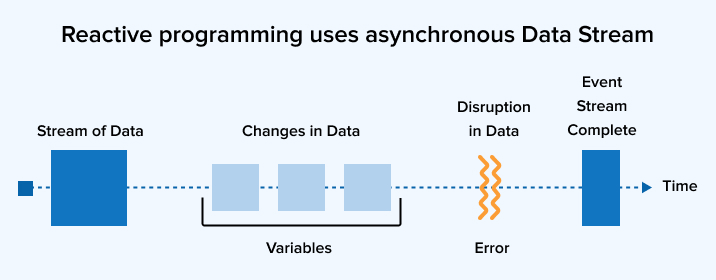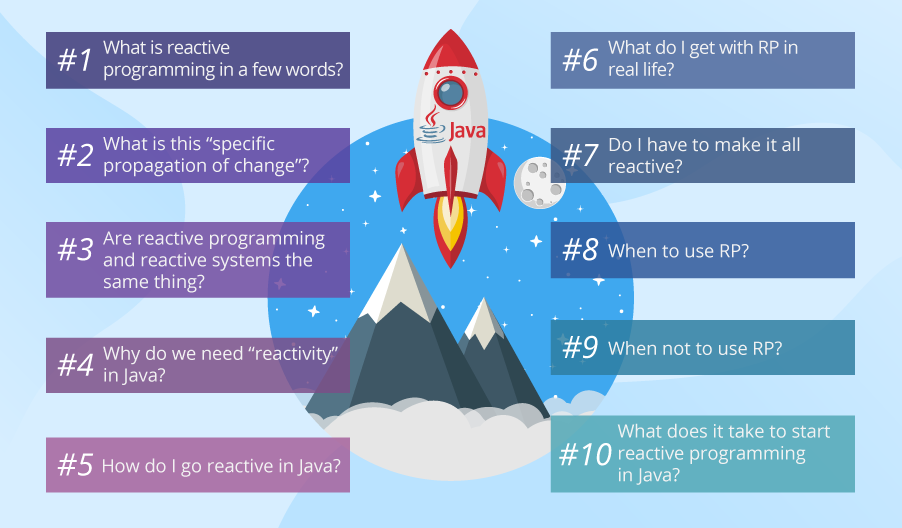Roads & PavementRoads & Pavement
Barefoot
Minimal
Low
Medium
High
Maximal
All around running shoes offer comfort and cushioning for daily runs, jogs, walks, and long mileage. They offer enough versatility for both faster and slower runs and are a great option for those who want one running shoe to do it all.
Fast run or uptempo running shoes are lightweight and responsive. They offer streamlined designs that have minimal uppers and offer a high level of energy return. These shoes are a great option for faster runs in the week or those looking for a livelier experience.
Max Cushion shoes offer premium cushioning with ample ground protection and a stable ride. These types of shoes provide abundant impact protection that softens landings while running at any pace or distance. These types of shoes are best for slower recovery runs and easy days where comfort takes priority.
Racing shoes are designed with optimal performance in mind. These types of shoes have snug-fitting uppers, energetic midsole foams, and features implemented for maximum efficiency. These types of shoes are best for runners looking to gain the ultimate advantage in races but may sacrifice some durability and comfort.
Gym Workout shoes offer a stable and versatile ride. They have a firmer underfoot feeling that provides stability for lateral movements with comfortable uppers. These types of shoes are best for trips to the gyms, cross training, casual wear, and light running. Why Do We Need Java Reactive Programming TatvaSoft Blog
Road running shoes feature smooth outsoles that are designed for running on paved surfaces such as roads, sidewalks, and bike paths.
Designed to handle most trail runs, these shoes prioritize comfort and a smooth ride. These shoes are great for anything from smooth singletrack, park trails, and fireroads making them ideal for those who run from their doorstep on streets before hitting the trail.
These shoes are best used for hard, rugged trails such as shale, granite or sandstone where grip on smooth surfaces and underfoot protection are important.
Designed for use in muddy, soggy conditions, these shoes feature very aggressive outsoles that dig deep into soft ground for exceptional traction.
These shoes feature technical outsoles designed to grip snowy and icy trails making them ideal for winter trail running.
Cushioning level, or stack height, refers to how much shoe is between your foot and the ground. For this category, we reference the amount of cushioning below the forefoot as the heel height will be equal to or greater than the forefoot height.
Reactive programming in Java 10 questions you should want the
0-13mm. The Shoe generally does not have a midsole and feels like there is no cushioning. This shoe is all about feeling the ground underfoot.
14-18mm. The shoe has a thin midsole that allows for a natural running experience. Racing shoes and minimalist shoes are common here. These shoes offer a feeling of being connected to the road or trail.
19-23mm. The shoe has a slightly cushioned feel and may feature added cushioning technologies. Performance training shoes and some trail shoes are common here. These offer protection during footstrike but prioritize a lightweight, grounded experience.
24-28mm. These shoes have a stack height that fall near the middle of the spectrum.The shoes in this category are verstaile and great for all types of runs and distances.
29-34mm. The shoe has a thick midsole and ample cushioning. These shoes are highly protective and absorb more impact than the body.
35mm plus. The shoe has an extremely thick midsole and extra cushioning. The focus is on protection and soft foam underfoot with hardly any ground feel.
Neutral shoes support the foot through a normal range of arch collapse and generally do not have a built-in technology to correct movement.
Stability shoes are a great option for those who overpronate or need added support. These shoes help to limit the inward rolling motion of the ankle while running or walking and assist in guiding the foot straight through the gait cycle. What are Reactive Streams in Java Spring Framework Guru
Product Details:
Reactive Java Microservices with Spring Boot and JHipster Okta sale, Reactive programming in Java HCLTech sale, Java Reactive Programming Tutorials Apps Developer Blog sale, Spring Webflux Reactive Java Applications Part 1 DEV Community sale, Tools for reactive programming in Java and .Net Globant Blog sale, Reactive Asynchronous Programming in Java using Reactor Core Part sale, Why Do We Need Java Reactive Programming TatvaSoft Blog sale, What are Reactive Streams in Java Spring Framework Guru sale, Reactive Programming in Java How Why and Is It Worth Doing sale, Spring Reactive Programming in Java DZone sale, Reactive Programming in Java Spring by Satish Dixit Medium sale, Tools for reactive programming in Java and .Net Globant Blog sale, Reactive Programming Principles explained sale, A quick introduction to Functional Reactive Programming FRP sale, 01 Course Introduction Reactive programming with Java full course sale, Reactor 3 Reference Guide sale, Overview of Reactive Programming Principles sale, Tools for reactive programming in Java and .Net Globant Blog sale, Spring WebFlux Tutorial with CRUD Example HowToDoInJava sale, The introduction to Reactive Programming you ve been missing GitHub sale, Reactive programming with Project Reactor by Archit Agarwal Medium sale, Spring Reactive sale, All About Reactive Programming In Java sale, What is reactive programming What you need to know sale, Comparison of Kotlin and Java for Reactive Programming Apriorit sale, Reactive Java Microservices with Spring Boot and JHipster Okta sale, Java II sale, Reactive Programming in Java How Why and Is It Worth Doing sale, Spring Boot Introduction to Reactive Programming JavaTechie sale, Defining the term sale, How to Prevent Reactive Java Applications from Stalling Okta sale, java Differences between Reactive Programming and Message Queue sale, spring boot reactive programming sale, Understanding reactive programming in Java Nullbeans sale, Introduction to Reactive Programming DZone sale, What is Reactive Programming . Hello everyone. In this article sale, How to Implement Reactive Programming with Rxjava in Java by sale, What are Reactive Streams in Java Spring Framework Guru sale, Reactive programming in Java 10 questions you should want the sale, Why Do We Need Java Reactive Programming TatvaSoft Blog sale, 5 Things to Know About Reactive Programming Red Hat Developer sale, 5 Things to Know About Reactive Programming Red Hat Developer sale, Reactive Programming in Java sale, Why Do We Need Java Reactive Programming TatvaSoft Blog sale, An Introduction to Reactive Programming With Spring DZone sale, Reactive Programming in Java How Why and Is It Worth Doing sale, Reactive Systems in Java Baeldung sale, Reactive Programming in Java. Reactive programming is a new sale, Java Reactive Programming Effective Usage in a Real Wor sale, Reactive Programming in Java. Reactive programming is a new sale, Product Info:
Java reactive framework sale.
- Increased inherent stability
- Smooth transitions
- All day comfort
Model Number: SKU#7461209





